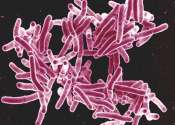Dynamic twists and loops can enable DNA to modulate its function
When people think of DNA, they visualize a string-like double helix structure. In reality, the DNA double helix in cells is supercoiled and constrained into loops. This supercoiling and looping are known to influence every ...









